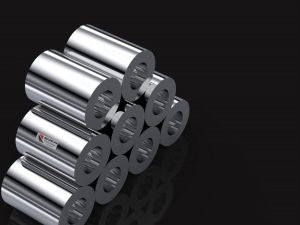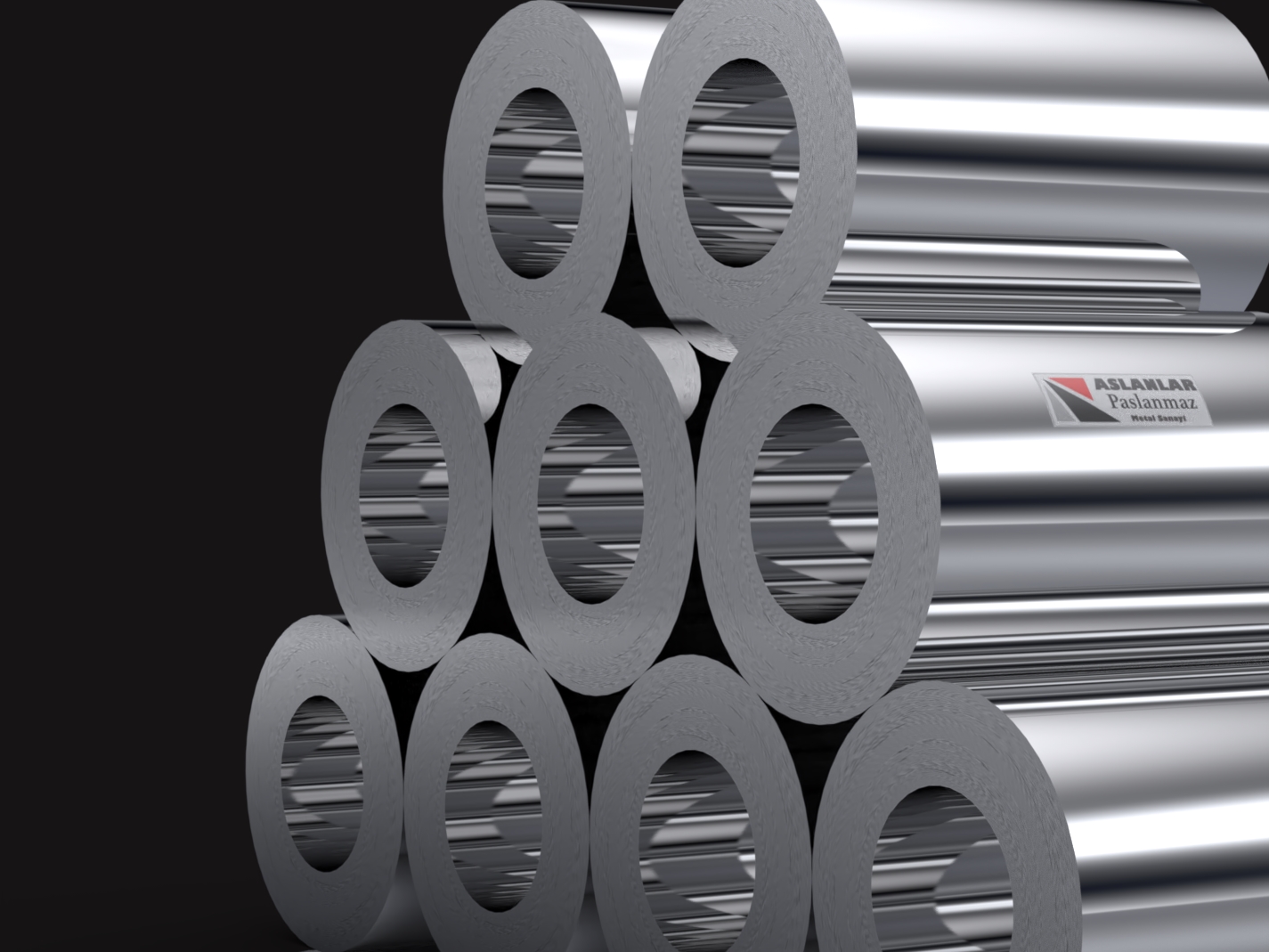Stainless Steel Sheet, Properties, Types, Applications
Stainless Steel Sheet, Properties, Types, Applications
1. What is Stainless Steel Sheet?
Stainless steel sheet is a type of steel resistant to rusting, produced by combining iron, chromium, and other alloys. The most important element in its composition, chromium (Cr), increases corrosion resistance by forming a protective oxide layer on the material’s surface.
Stainless steel sheets are widely used in many sectors such as food, automotive, construction, chemical, maritime, and more.

2. Technical Specifications of Stainless Steel Sheet
The main properties of stainless steel sheets are as follows:
- Chemical Composition: Contains a minimum of 10.5% chromium, nickel, molybdenum, and other alloys.
- Corrosion Resistance: It is stainless and resistant to corrosion thanks to its high chromium content.
- Mechanical Durability: Offers high strength and impact resistance.
- Workability: It is weldable and can be easily formed.
3. Types of Stainless Steel Sheet
There are different types of stainless steel sheets for various applications:
- 304 Stainless Steel Sheet: The most commonly used type, preferred in food and hygienic areas.
- 316 Stainless Steel Sheet: More resistant to seawater and chemicals.
- 430 Stainless Steel Sheet: Frequently used in kitchen equipment due to its magnetic property.
4. Stainless Steel Sheet Production Process
Stainless steel sheet production consists of the following steps:
- Raw Material Selection: Elements such as iron, chromium, and nickel are brought together.
- Melting and Alloying: An alloy is formed by melting at high temperatures.
- Casting: It is cast into thin sheets and prepared for rolling.
- Cold or Hot Rolling: It undergoes different rolling processes depending on its thickness.
- Polishing and Surface Treatments: Finally, the surface is made smooth.

5. Applications of Stainless Steel Sheet
Stainless steel sheet is used in many sectors:
- Industry: In the production of machinery and equipment
- Automotive: In vehicle bodies and exhaust systems
- Construction: In facade claddings, railings, and roofing systems
- Food: In kitchen utensils, industrial ovens, and processing machines
- Medicine: In surgical instruments and hygienic surfaces Advantages and Disadvantages of Stainless Steel Sheet
Advantages:
High durability and long life
Excellent resistance to corrosion
Easy to clean and hygienic
Disadvantages:
More expensive than carbon steel
May require special welding techniques
7. Things to Consider When Choosing Stainless Steel Sheet
The following factors should be considered when buying stainless steel sheet:
- Selection of the appropriate grade for the application (304, 316, etc.)
- Determination of thickness according to the need
- Surface finish (matte, polished, patterned, etc.)
8. Maintenance and Cleaning of Stainless Steel Sheet
Follow these steps to extend the life of stainless steel sheet:
Regular cleaning with a soft cloth
Using non-abrasive detergents
Removing salt and chemical residues
9. Environmental Effects of Stainless Steel Sheet
It is a 100% recyclable material.
It is supported by environmentally friendly production processes.
11. Alternatives to Stainless Steel Sheet
The following alternatives can be used instead of stainless steel sheet:
- Galvanized sheet: It is low-cost but less resistant to rust.
- Aluminum: It is lightweight, but its strength is lower than stainless steel.
12. Frequently Asked Questions (FAQ)
Does stainless steel sheet rust?
No, but stains can form on the surface if used incorrectly or exposed to harsh chemicals.
How is stainless steel sheet cleaned?
It should be cleaned by wiping with a soft cloth and stainless steel cleaners.
Is stainless steel sheet magnetic?
Some types (like 430) are magnetic, but 304 and 316 are not magnetic.
For More Detailed Information, Click Here.


